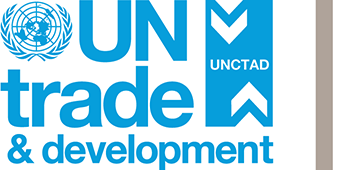In re Harnisch 631 F.2d 716 (C.C.P.A. 1980) (United States Court of Customs and Patent Appeals)
The United States Court of Customs and Patent Appeals (CCPA), which was the predecessor of the United States Court of Appeals for the Federal Circuit reversed a decision by the United States Patent Office (USPTO) to reject a patent application on the basis of alleged improper use of the “Markush claims” format. The CCPA confirmed unity of the claimed invention at issue and therefore considered the Markush claims format as being properly used.
